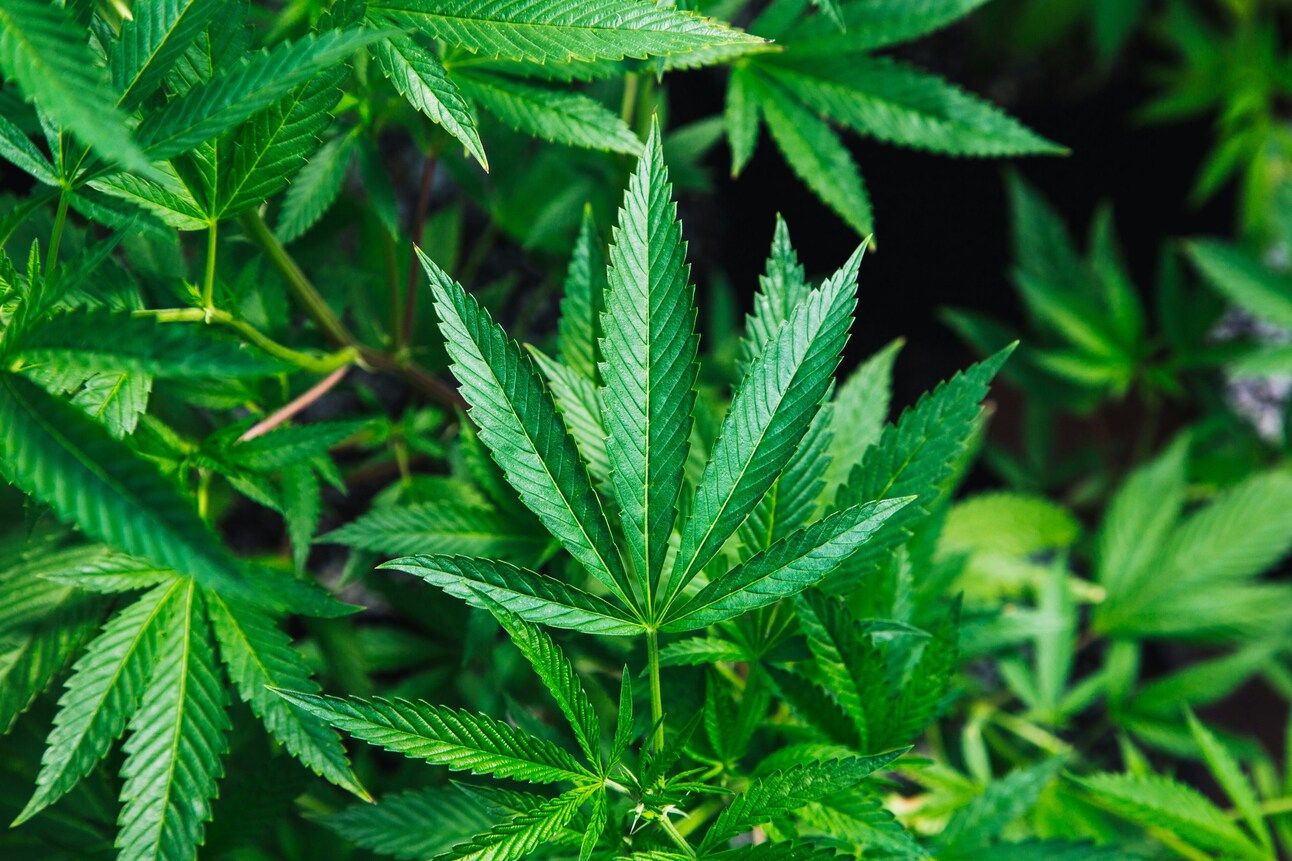Marijuana use is on the rise, particularly among older adults

If you are finding yourself turning to pot more than booze these days, you’re not alone. Photo by Rick Proctor on Unsplash
What you probably already know: Marijuana use is rising across nearly all demographics in the U.S. as another state made moves last week to expand access to the drug that remains federally illegal. Nebraska voted in favor of legalizing marijuana and establishing a medical cannabis commission, while North Dakota, South Dakota and Florida all voted against legalizing it for recreational use. Nebraska joined more than two dozen other states that have already legalized recreational marijuana, vastly expanding access, though transportation of marijuana across state lines remains illegal. The largest increases in marijuana use once legalization takes effect in a state isn’t among young people, as many feared, but rather, among adults.
Why? About 42% of adults between 19 and 30, and 29% of adults between 35-50 used marijuana in the last year, the highest levels in history, according to the National Institute on Drug Abuse. For people over 65, use is also on the rise, up from 1% in 2007 to 8% in 2022. Alcohol use continued its decline among those same age groups, giving some indication that marijuana may be replacing alcohol, at least at some level. Public perception has certainly changed from a time when marijuana was called the “gateway drug” to more harmful and addictive substances such as cocaine.
What it means: Many are concerned that modern forms of marijuana are stronger than what many people might have been used to when they were obtaining it illegally. Gummies and beverages can contain high levels of marijuana and catch people off guard if they’re not prepared for it. Also, because it’s still federally restricted, there has been very little testing done of the long-term effects of marijuana use. Recent reports also suggest that marijuana can have high levels of toxic metals that are then passed onto the user.
What happens now? There’s a great set of Freakonomics podcasts that just came out about the growth of marijuana use and the economy that’s developing around it. One of the takeaways is that, without federal legalization, the idea that marijuana could ever replace alcohol is more of a pipe dream. However, as more and more states approve recreational use, it’s more likely the federal government will be forced to act, which would transform the economy and likely result in better systems for testing products, tracking sales and doing more wide-scale studies on long-term effects of the drug.

